Agbozume is a popular town in the Volta Region of Ghana and it is among the major towns which are close to the Togo border. From Agbozume to Togo, these are the major towns to pass through; Agbozume, Ativuta, Nogokpo, Tokor, Denu, Aflao then Togo. The market is a vibrant one that hosts people from all walks of life coming to engage in either a buying or a selling activity. The town is just a few meters away from the lagoon in the locality and so in the wet season, there is mostly an abundance of fresh tilapia and even the dried one known as Kobi or togo. However, in the dry season when the lagoon dries a little but not completely, there is mining of salt and this is when the prices are very moderate in the market but begin to see a spike getting close to the wet season.
In addition to the many commodities and items sold in the Agbozume market, it has gained fame for the kente clothes sold over there in large quantities.
The word kente comes from the Akan word 'kenten' which means basket. It was called so due to the nature of the clothes or how they were woven from stripes of threads.
Significance of the market in kente production and trade
In the absence of the market, the sale of kente would actually be difficult considering how significant it has been in the lives of many. The market provides that central avenue that brings buyers or customers from different countries like Nigeria, Togo, Benin among others where they are able to exchange their money for quality kente clothes. Most of the sales happen on the market days but even on other days people still display some of the clothes in the market and even in shops. Dating back to the history of the Ewes, when they were under the cruel leadership of the late King Agorkorli, they were already weaving kente clothes over there.
The clothes are authentically from Ghana and were used by the Ashantis and the Ewes which were in those times worn by the chiefs or queens mothers for occasions. The clothes are woven with distinct designs or symbols which have the meaning attributed to them and likewise carefully chosen colours.
The production of kente cloth is through a process that employs the skill of paying attention to detail and harnessing the creative instinct or mind of the individual in charge of the process.
Materials
Thread - This can be cotton, silk
The thread is the major component of the cloth.
Starch - This is used to soak the thread after which it is dried to harden it before using it to weave the cloth.
Candle or bee wax - This is used to prevent the thread rolled around the object called 'wumedi' so that it does not disorganize and tie into a knot.
Tools and equipments
Metallic objects in different forms for various purposes are used and each with its name.
These are the names in the Ewe language:
Kpetega: Used to cause the woven cloth to be rolled unto the metallic object at the belly of the weaver which is know as 'kabeti'.
Xevi: Supports the 'eno' at the top of the loom to move as the legs are pressed on the 'aforke'.
Eno: This is also a woven structure from a stronger kind of thread. The stretched threads are inserted through this.
Aforke: This is attached to the 'eno' with a thicker thread and inserted between the toes. This is what is pressed for the stretched threads in the loom to open before the weaving threads are inserted through the opening creating the clothes.
Seat: In the loom is a seat for the weaver to sit on before weaving. Before the construction of the loom, the seat is used to measure the height to make the weaver have absolute comfort to weave because without that the weaver will suffer and might not be able to weave effectively.
Kabetsi: Made from either wood or metal, it is the object unto which the woven cloth is rolled in the loom before it is cut when the roll of cloth become too big.
Gbatsi: This is the loom used for weave.
Gbatatsi: The sticks put on the loom that aids the weaving process are called 'gbatatsi'.
Xa: It can either be made from wood or metal. It has a thick cover at the four sides and within is either the wood or the metal in very thin strands with even spaces in between. The stretched threads are passed through the holes and it is what is used to hit the cloth once the weaving threads are inserted. Depending on how hard it is hit, it determines the thickness of the cloth.
Kpeteshi: This is the load that keeps the cloth stretched in the loom.
Tsoti: In the early stage of the weaving process, this name refers to the sticks that are pinned down unto the ground around which the threads are stretched.
Wu: In English, it will better be known as a car. It is tool that is engraved inside and the weaving threads are inserted in them.
Wumeti: Normally the the broom stick from coconut stick inserted into the 'wu' is called by this name.
Wumedi: These are sticks with a hollow interior and are made from bamboo.
The traditional weaving process
Weaving is done both by women, men or even children and it exercises the body but it is also a hard work as well. Once the threads are well stretched and everything is set, the weaver sits on the seat in the loom and weaves. The process is carried out with a creative attitude to make sure that it has good appeal when taken to the market which also adds to its value and durability.
The clothes come in a variety of colours and design patterns with each useful for unique purposes. At times some of the threads are dyed in order to get the desired colour of thread for the cloth.
Sales in the market
Formerly when the clothes had not traveled very far in terms of their visibility in many countries of the world, buyers literally came to the houses of the weavers to buy and it was at those times when the weavers had good business. The prices at which they sold the clothes were very good and attracted even some natives of the land in government agencies working to abandon those works for the weaving business because it was profitable. Now inflation affects the prices of threads and other materials needed for the process which makes the weaving becoming expensive but the prices at which the clothes are sold are no more profitable. Many express their displeasure but there is little they can do about some of the occurrences.
Generally, after the clothes are woven and sewn with a skilled tailor or seamstress, it is folded nicely and sent to the Agbozume market. mostly at dawn on market days when the customers who buy in bulk come and purchase in large quantities from the weavers.
As it stands now, social media is driving a new revolution in the marketing of traditional kente clothes by making them visible to wider customers all over the world. Through this approach, some of the weavers can sell to international buyers and it is even a living means for those who have networks in countries overseas. This means that those who are unable to jump unto this new way of marketing their creative works might be left behind since the market is now overwhelmed with the clothes but having a relatively low demand.
In terms of preserving the culture of Ghana, kente clothes continue to do so since they still incorporate identities of the Ghanaian culture into the designs.
The economic significance of Kente weaving to Agbozume and surrounding communities.
The sale of this cloth in the market has major positive effects economically on the market and its environs as well as the nation. Every one of the weavers who sends his or her clothes to the market for sale pays tax collected at the gate before entry into the market and the market women can sell their products to a lot of people since the kente market is a very busy one. Anytime there are good sales of clothes in the market, most sellers in the market also make good sales so it is everyone's desire that the business thrives well and everyone can have a good moment of joy.
To ensure that the weavers adhere to sustainable practices, the leaders of the community especially the chiefs educate the weavers if the need arises on practices to adopt. The market also has a building dedicated to the sale of kente to make hosting customers who come to purchase the clothes easier to enhance the sale of the products.
One of the reasons why the business is no longer as it was at first is the high prices of the threads among other essential tools and materials the weavers need for a successful work. Amidst the high prices of these materials and tools, there is not enough appreciation in terms of the selling prices to help the weavers earn profit and it is one of the reasons the business is expressing a down turn but there is hope of a revival.
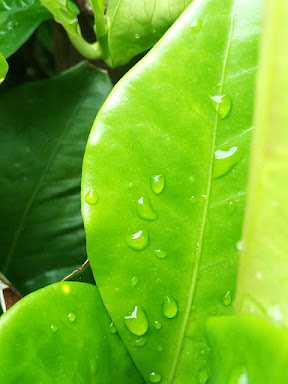




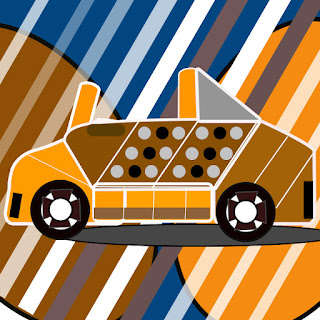

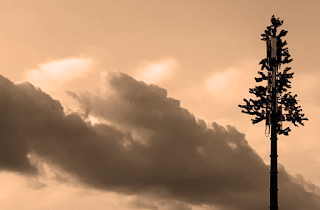
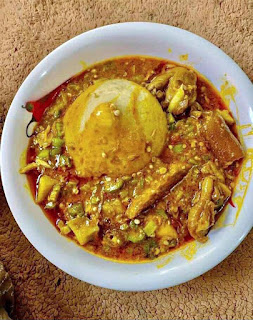

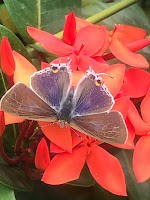
Comments
Post a Comment
Share your views on this insightful content